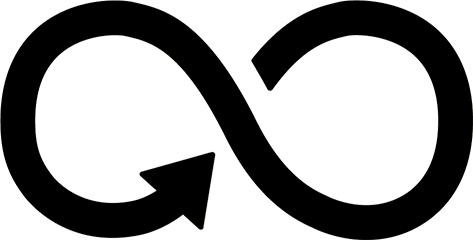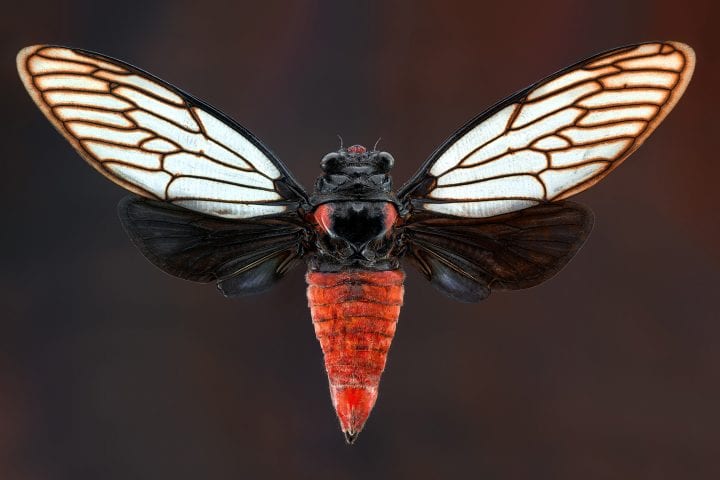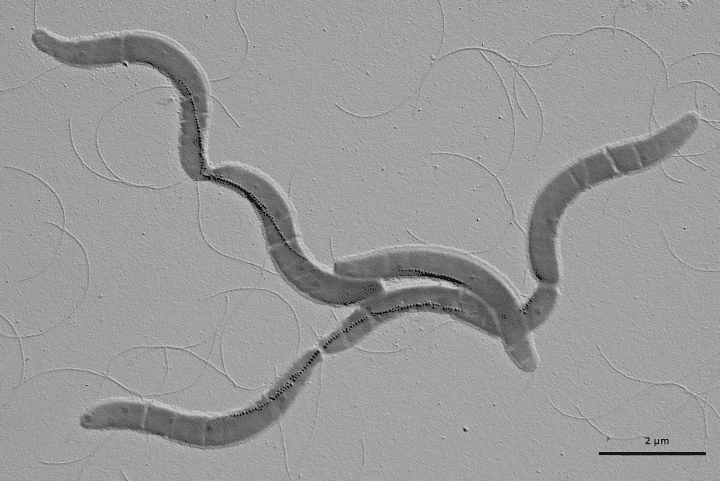UN Sustainable Development Goals Addressed
-

Goal 12: Responsible Production & Consumption
2019 Global Design Challenge Finalist
This design concept was developed by participants in the Institute’s Global Design Challenge. The descriptions below are from the team’s competition entry materials.
Location: Monterrey, Mexico
Team members: Francisco Javier Amaro Fuentes, Gregorio Abad Acuña García Acuña, Azael Jesús Cortes Capetillo
Innovation Details
Waste and spoilage of milk products and fruit pulp currently represent 40,000 metric tons of CO2 emissions in India and Mexico alone. Inspired by the nanostructure of cicada wings and sounds generated by caterpillars and queen ants, Team Milk & Juice of Monterrey, Mexico, address waste generated during postharvest, storage, and distribution management phases of the fruit pulp industry, as well as spoilage in the conservation, storage, and transport of milk.
What problem does the solution solve? Food waste aggravates food security in emerging countries from 40 to 65% of total milk and sub-products production in developing regions. Most of the waste-generated occurs during the postharvest, storage, and distribution management phases (FAO). The lack of infrastructure in the conservation, storage, and transport of milk (Supply Chain) leads to lower sales opportunities for producing families. Mostly, people cover large distances – which accelerate milk spoil due to travel time and high-temperatures exposure. There are huge distances between potential buyers and sellers – there are no food collection centers among them. These same problems are present in pulps and fruit juices such as mango. In India, there are only cold storage facilities available to cover only about 10% and 15% of perishable food products. In Mexico, some industrial companies collect milk with pipes from the production site to meet demand and comply with purchase agreements, but at a very high cost.
What is the technology and how does it work? At the beginning of the project, the team focused on a bacterial-control system in milk, keeping them in lag-phase. In this way, the bacterial amount would be controlled without lactic acid generation. This lactic acid is one of the main forms of decomposition of this product. Studying the magnetic orientation of bacteria, they found the magnetohydrodynamics phenomenon. They reproduced and proved this phenomenon in short-scale tests in the laboratory and measured the lactic acid production and did some research to find the application of this kind of technology in milk through the use of research software (patents, scientific papers, and applications) and found some scientific articles and applications of this magneto-hydrodynamic system that has already worked worldwide.
Trying to handle the supply chain’ issues, they created a hydrodynamic magnet system that could be within the producer’s milk churns without electrical requirements. This system would use a static magnetic field and Foucault currents and would be applied in milk pipelines to recirculate it with low electrical consumption pumps, that is to say, the system can treat large quantities of milk in tanks in collection centers. This same system or pipeline solution can be incorporated taking advantage of the electric current of batteries of the vehicle itself in milk tanks. The milk would be treated on the way to industrial-process centers.
How it is biomimetic? We can divide our innovation into three different biological patterns or strategies, such as:
1. Nanopillars – Psaltoda claripennis [cicada]: The nanopillar structure is a biological pattern or texture we want to implement inside the milk churns. The reason to implement this is to avoid bacterial growth by rupturing bacterial membranes that are thin and soft enough to achieve it. In this way, we puncture the membrane and kill bacteria.
2. Orientation and migration of bacteria along the magnetic field lines – Escherichia coli: We focus on the microorganisms’ response to external electromagnetic fields. The strategy is to avoid membrane damage, ionic disequilibrium, and electron exchange between the interior and exterior microbial membrane. Thereby, bacteria can be oriented in a specific site of an electromagnetic field.
3. Generation of a specific frequency – Maculinea rebeli [a butterfly]; Ichneumon eumerus [a parasitic wasp]; and Myrmica schencki [an ant]: To orientate, avoid growth, and induce bacterial movement inside the milk churn, we have to mimic a specific frequency -or magnetic field- to achieve it. Butterfly caterpillars generate vibration or frequency that are in resonance with the frequency generated by the queen ant. Other organisms such as the hornet detect the caterpillar frequency to realize it is in the hive to get inside on it and lay an egg inside the caterpillar. We use a structure to capture and emit the required frequency inside the milk churn.
Thereby, we’re looking for to apply different strategies to complement all of them to obtain better results.
What is the solution’s impact? The value of the milk trade in India is 100 billion dollars per year. Most of the dairy issues are related to the supply chain, which increases the value of milk by 50%. Food spoilage in India alone is 8.3 billion dollars a year, of which 20-30% is from milk and milk products. The mango market value in Mexico is about 460 million USD. If we recover and produce mango pulp from 60% of low-quality fresh mango, we could introduce up to 920 thousand USD into the market. Mango pulp has a value of three to six-fold greater than the fresh fruit kilogram. The market value of imported pulp in some countries is up to 21.9 million USD.



